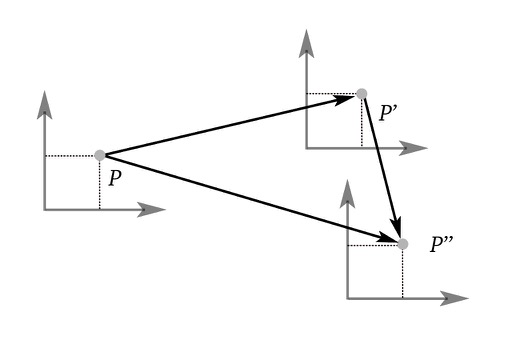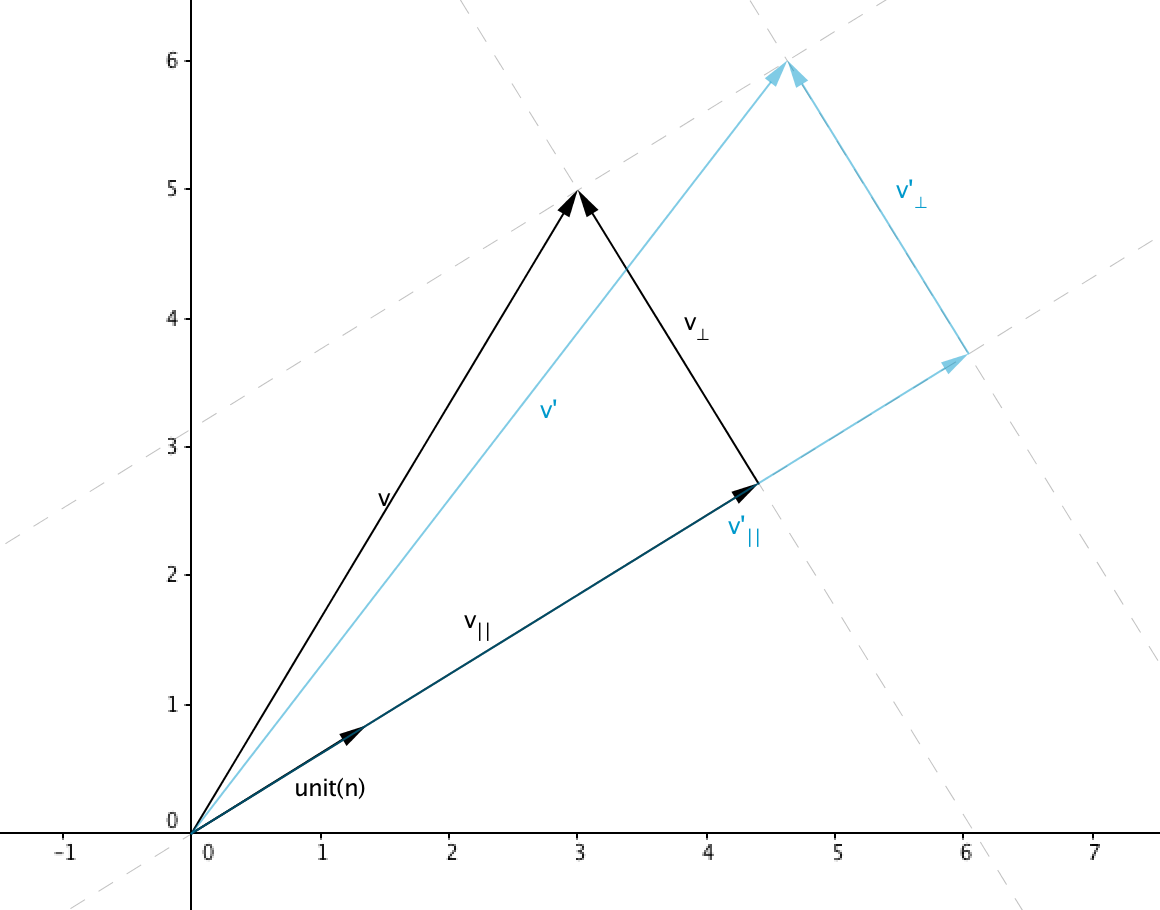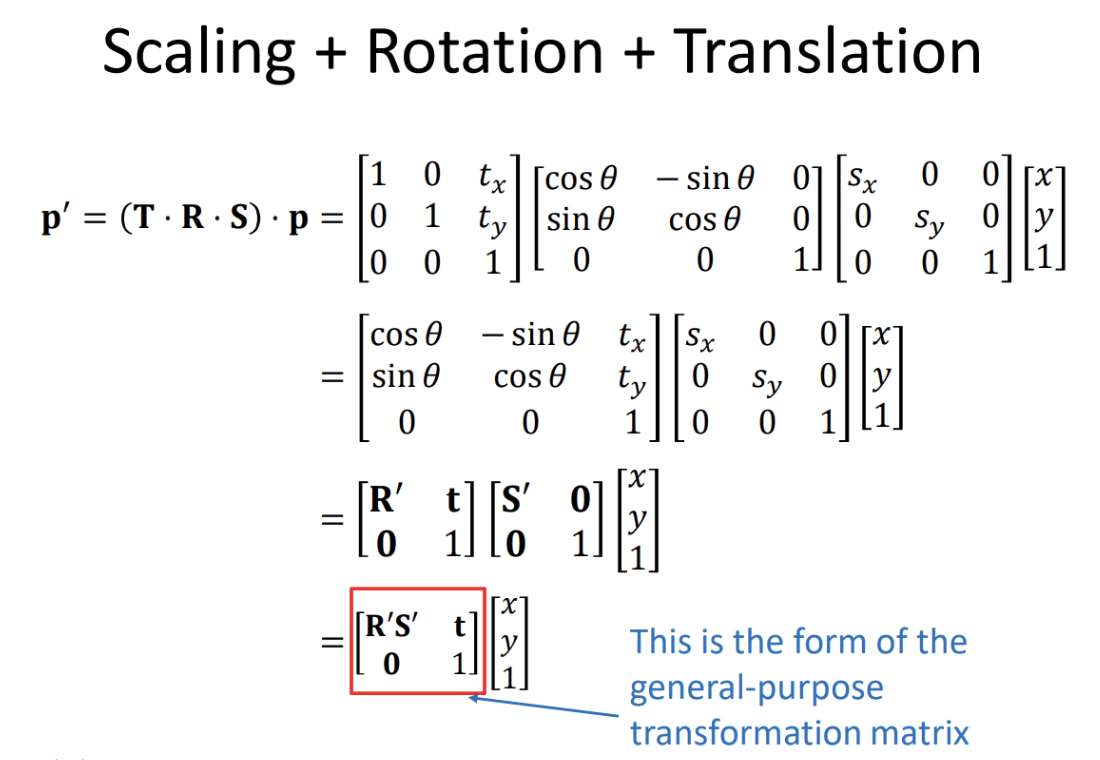This article is part 3 in the series about transformation matrices:
- Part 1: Coordinate systems and transformations between them
- Part 2: Scaling objects with a transformation matrix
- Part 3: Shearing objects with a transformation matrix (this article)
- Part 4: Translating objects with a transformation matrix
- Part 5: Combining Matrix Transformations
2D shearing
In 2D we can skew points towards the
The transformation matrix that skews points towards the
Towards the
For example a vector
3D shearing
The notation
The shearing matrices in 3D are
For example a vector




